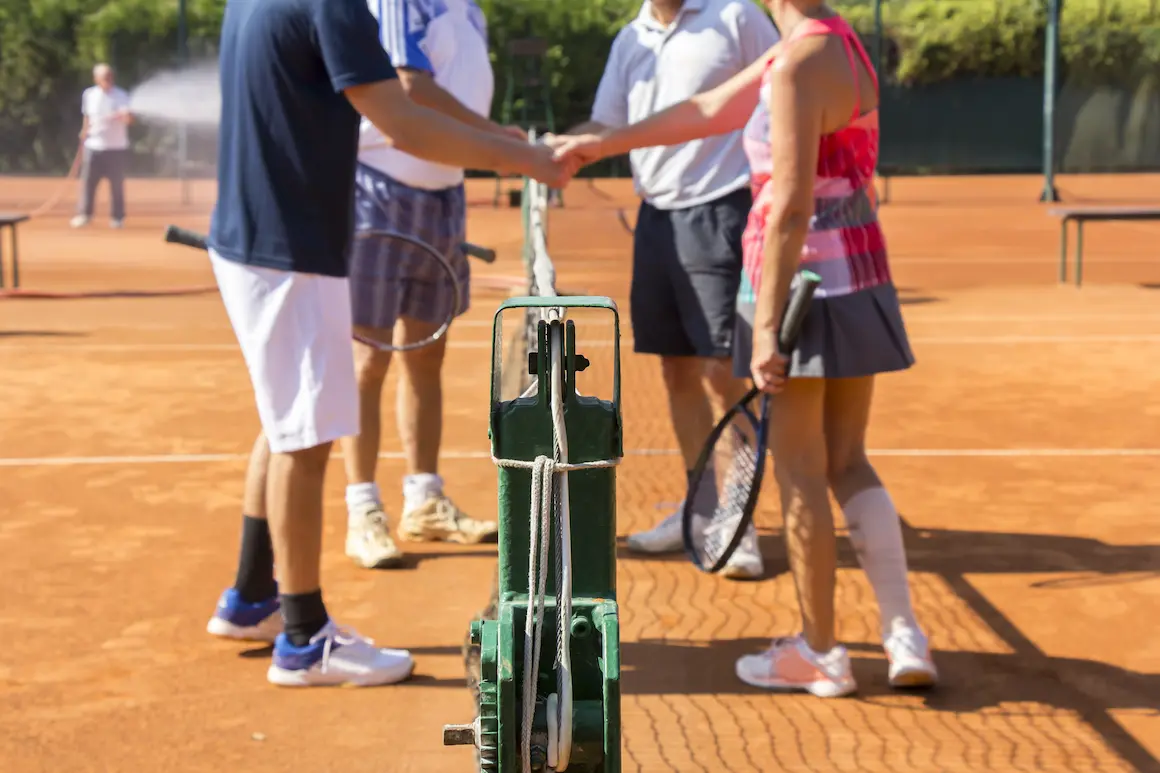 Article Contributors
Article Contributors One of the best events in the universe of tennis is the Davis Cup. The world’s strongest men’s tennis teams compete for the honorary award. By the way, women have their own “Davis” – the Federation Cup (Billie Jean King Cup).
This year’s Davis Cup was held on a grand scale, from November 25 to December 5, covering three countries: Spain, Italy and Austria.
The Davis Cup is considered an extraordinary tournament. A few years ago, the core of the competition was radically altered – now, the tournament consists of one pair game and two singles.
Davis Cup: The Story of a Harvard Student

Just think about it – the history of the Cup goes back to 1900! For so many years in a row, the best of the best have been competing for an Oscar in the world of tennis to determine who is the strongest among them. By the way, the Russians won twice: in 2002 and in 2006.
The Davis Cup has a fascinating back story. What can the love of sports among four students of the famous Harvard University lead to? To be more precise, it is one of these students, Davis Dwight, who came up with the idea of the games. He took a serious approach and even bought the very first trophy that all countries of the world will dream of one day – the silver cup.
The first competition took place in Brooklyn with only two teams – the USA and England. Speaking of which, that same student Davis also participated in the competition, and, probably, it is his zeal and unbridled enthusiasm that led America to win.
Unexpected turn of events and the Spanish triumph
The 18 strongest national teams competed for the status of the best country in playing tennis. The participating teams were divided into six groups: three in each group. Only eight countries reached the desired playoffs. Russia, of course, was among them and was considered the main favourite even before the start of the competition. Many betters were happy to bet on it. The other two chosen countries of the sports betting fans were Serbia and the USA. Betting experts did not doubt this trio. So how did it end?
The Davis Cup games were grandly held in three European cities – Turin, Innsbruck and Madrid. Here’s an interesting fact: none of the countries managed to end the game with a nice shutout win in the group matches. A treacherous track record of failures awaited each team. But some teams managed to overcome the difficulties with honour, while others went down in the standings. Italy, which was the first, deftly bypassed the USA and Colombia in Group E on their homeland in Turin. Croatia was next – they solved the problems very quickly under the champion’s leadership, Marin Cilic. Great Britain did better than the Czechs and the French. The tennis fans were pleasantly surprised by Kazakhstan’s performance – the national team won two matches in group B.
The Russian national team went through a somewhat nervous competition with Spain. If you ask the action participants, “how was it?” the answer will be “tense but emotional”. After all, the Spanish thought they were in total control of the situation, and, by the way, the audience supported them in this. The love of fans works wonders. How else would you explain the fact that Lopez Feliciano, who had not gotten into the top hundred of the best tennis players, managed to beat the famous Andrei Rublev? Unfortunately for the Spanish, and to the great joy of the Russian fans, Russia still won and reached the playoffs. And this, be it noted, is the second tournament in a row.
One sees who his friend is in need and who his rival is before the playoff games. It is interesting what came next: the Russians literally saved Serbia. After all, the outcome of the Serbs depended on the result of Russia’s game with the hosts of the court in Madrid. And in the beginning, everything was going pretty well: they defeated the Austrian national team, ending with a shutout victory at 3:0. A little later, the game went down the drain. Serbia would have been left with nothing if the Spanish had kept up and beaten the Russians. But Russia’s victory did a massive favour to their comrades. The Russians practically took the Serbian national team with them to the playoffs.
Russia’s triumph and rating after the title

The Davis Cup returned to Russia after 15 years! An event that will indeed go down in the history of Russian tennis – the Russian national team won the day with honour. The tennis players have manifested themselves as a worthy team and true professionals. They have shown character, will and real teamwork and unity. The air on the site of the Madrid Arena could be cut with a knife – the fans were clenching their teeth, not from the cold but nerves. Well, the game was worth the cost. Even though it was on the verge of losing in the first set, the victory was not long in coming. After the game’s end, a whirlwind of joy and champagne splashes took over the Russians – Daniil Medvedev showered everyone close to him with the gift of champagne.
What rating do we see after Russia’s victory? The winners of this year’s Cup jumped five steps in the ranking at once – from 13th place to 8th. But 1st place was taken by Croatia, despite the failure in the final. The honourable second place in the ranking went to France and the third to Spain.
Why is the Davis Cup called the Silver salad bowl?
As we said earlier, Davis purchased the very first trophy himself, paying a hard-earned 700 dollars. That first Cup had a simple pattern at the top, and the bottom of the bowl was solid in size. Because of this, it was nicknamed “salad bowl”. One hundred twenty-one years have passed, but the nickname “salad bowl” stuck so firmly that it remains the same in modern times.
How did the tournament take place before the modifications?
Up until 2019, the Davis Cup had a completely different format. Previously, teams played first on their own court and then on the guest one in the playoffs. And the competition of the national teams consisted of five five-set matches lasting for three days. The current Davis Cup format is really dynamic: the country that will receive the trophy is decided in just 11 days.




